Laura Phillips: When I came into Everett in 2011, the process was well on the way with OTG and moving from numbers to names. I was greeted with a list of kids and very detailed plans on what we were going to do to help kids that were struggling academically or socially and emotionally. It was figuring out, kid by kid, where is the point of intrigue to help that particular student? I love that our work has shifted so dramatically with the Student Success platform. We now have a highly adaptive visualization tool where we can monitor our work with kids, in addition to sifting through and filtering those kids so that we can put them into group support settings.
"I love that our work has shifted so dramatically with the Panorama Student Success platform. We now have a highly adaptive visualization tool where we can monitor our work with kids, in addition to sifting through and filtering those kids so that we can put them into group support settings."
–Laura Phillips, Director of MTSS-Wellness
What's been the role of social-emotional learning in preparing students for both on-time graduation and college, career, and life?
BB: Social-emotional learning has gained a lot of momentum in education. It is front and center. Fifteen or 20 years ago in our district, our counselors were the leaders of SEL and were the ones who delivered all of the SEL curriculum in our district. We thought that that was all we needed to do to check the SEL box.
Times have changed. Now, students are presenting with more and more challenging issues when they come to us. It has become increasingly evident that everyone in the school needs to be a participant and needs to own SEL. We have since moved towards a school-wide model. It's taken the last three to four years to convince our leaders in our schools that SEL needs to be a foundational part of the school culture -- in the classroom, in the cafeteria, in the hallways, out on the playground. When everyone shares a common vocabulary, that's when we can transform the school culture and effectively help our students and one another embrace those skills that are so connected to academic learning.
How did you generate buy-in for SEL and how are you measuring progress?
BB: I've been on a mission to move SEL into the school and into the classroom for quite a long time. It's been a "slow go," but it's been a persistent and consistent conversation. Every year, I would get a little more funding to add more schools. I would talk to principals one on one or in meetings to see if they were ready to start implementing the SEL curriculum we use, Second Step. In addition, we've seen demand on the part of teachers as students come to us with more challenges and barriers to learning. Teachers are saying, "I need some help. I don't know how to effectively engage all of my students."
Then, the missing link became how do we measure social-emotional learning? I had the privilege of attending a conference where a school district in California talked about using Panorama. They were sharing their Panorama data and how they were using the tool to measure students' social-emotional learning. That's when we began conversations with Panorama and piloted with a few schools. Again, you create the demand when you show what the tool can do. When we presented Panorama to all of our administrators, they were all raising their hand and saying, "I want that too. I want to have access to that information, my student voices, the data that can help us in our school."
CW: When students first took the Panorama surveys, we saw at our high schools that students' sense of belonging was low. We set goals around that and identified the steps we could take to make a difference. We implemented a lot of small-cost but high-reward practices such as positive breathing at the door and sending notes home.
However, in the first year or so, we found that we weren't increasing sense of belonging as much. We were instead increasing positive teacher-student relationships. That's when we realized that sense of belonging is among the groups of students themselves. We shifted our approach to doing things like co-constructing norms within groups, circle time in high schools, changing seating charts more frequently, and implementing time in group settings for students to get to know each other. That's when we started seeing improvement. It took being relentless. When we weren't successful in one area, we looked at how we could change our approach.
"When students first took the Panorama surveys, we saw at our high schools that students' sense of belonging was low. We set goals around that and identified the steps we could take to make a difference."
–Cathy Woods, Director of On-Time Graduation


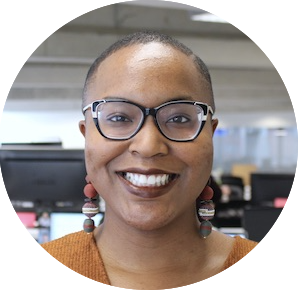
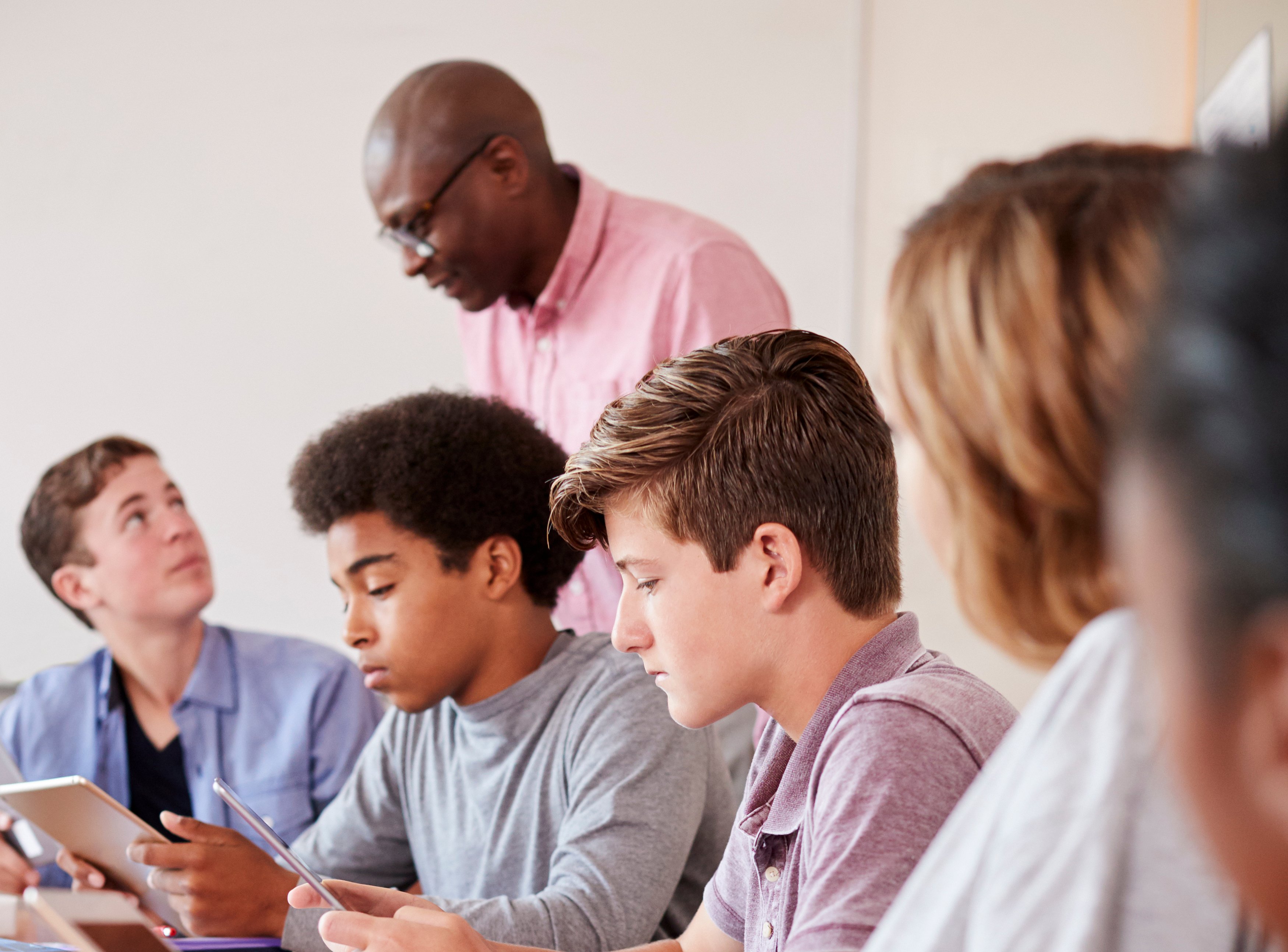
 In 2005,
In 2005,  –Becky Ballbach, Director of Student Services
–Becky Ballbach, Director of Student Services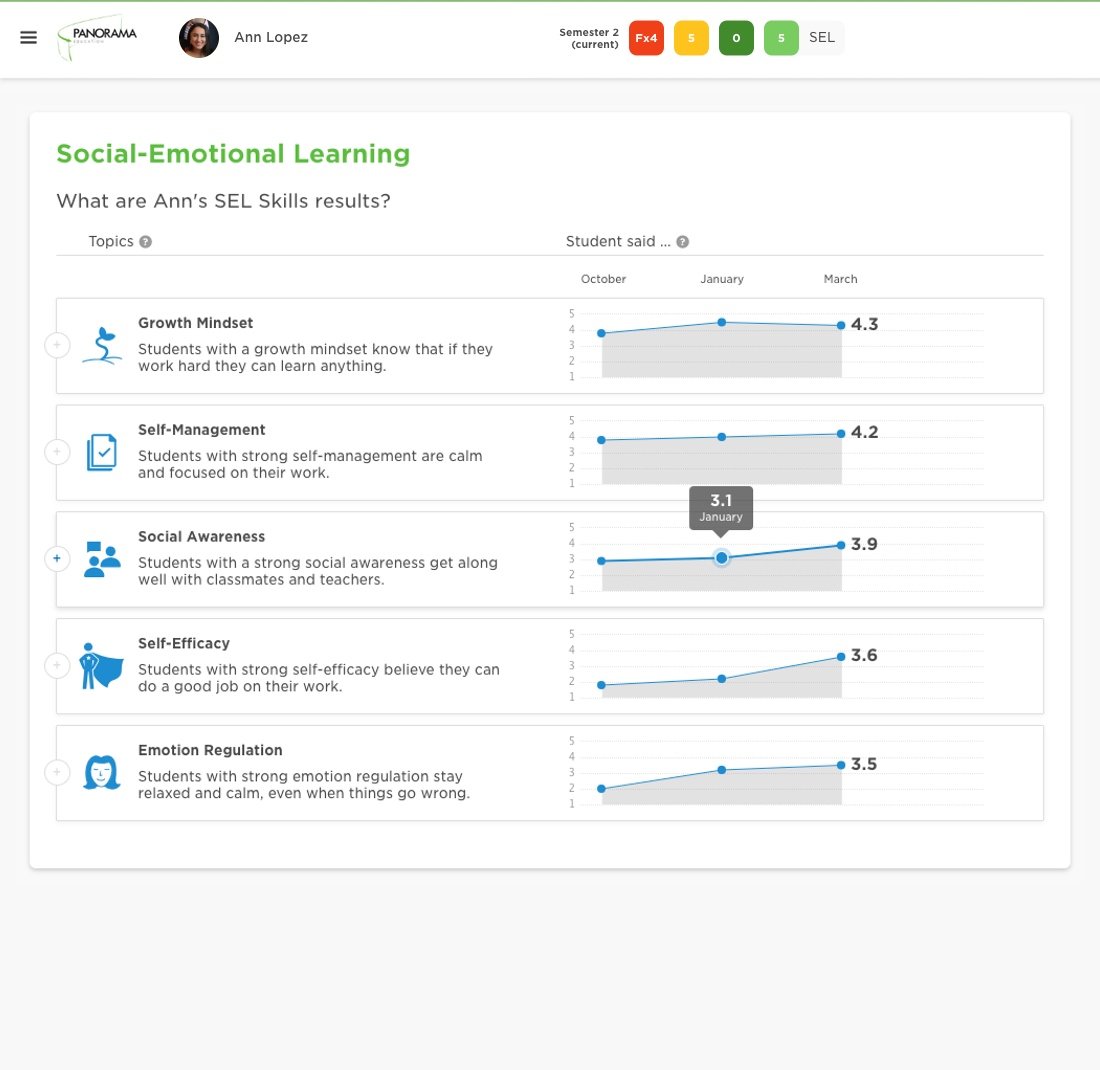
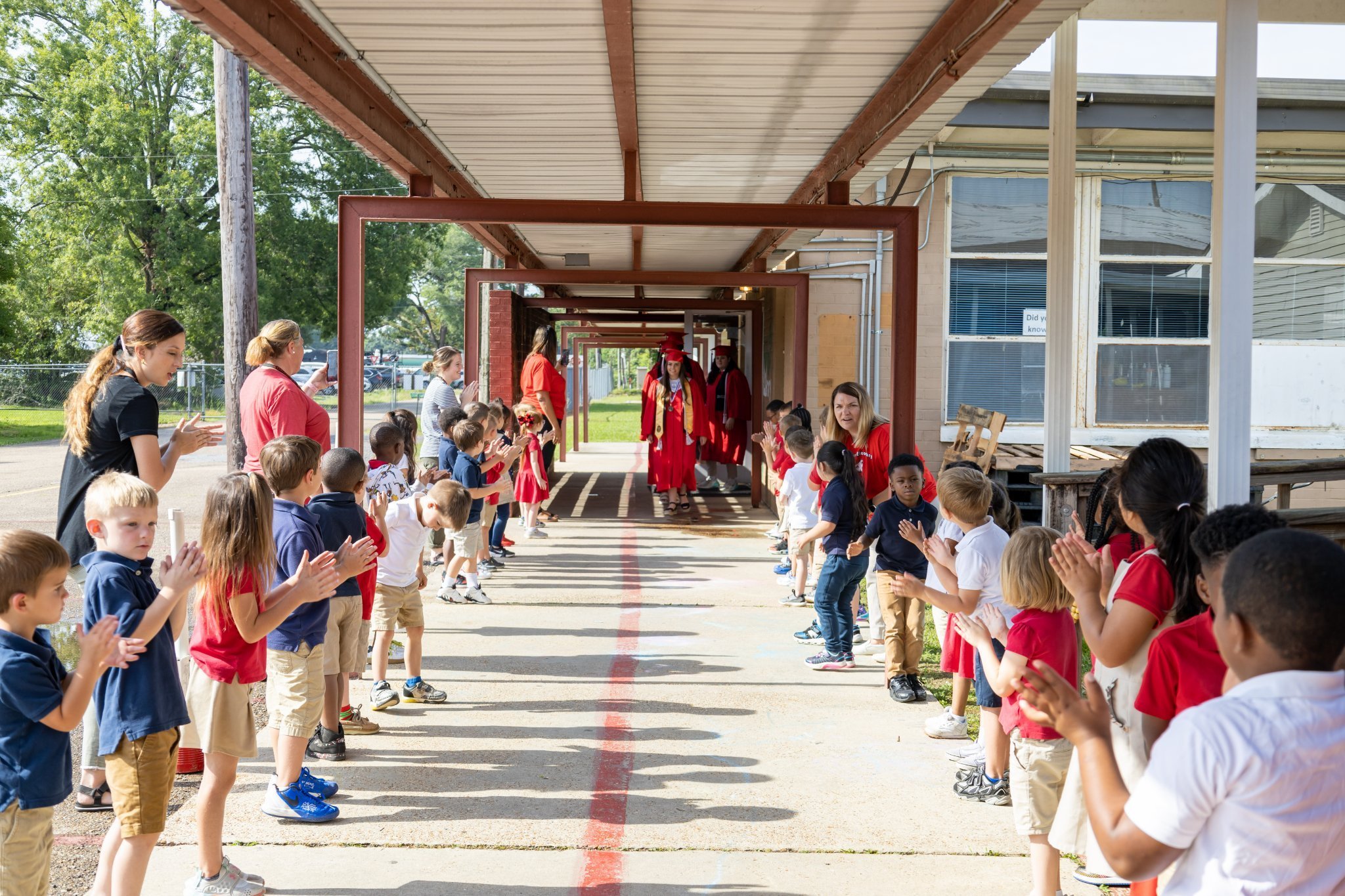
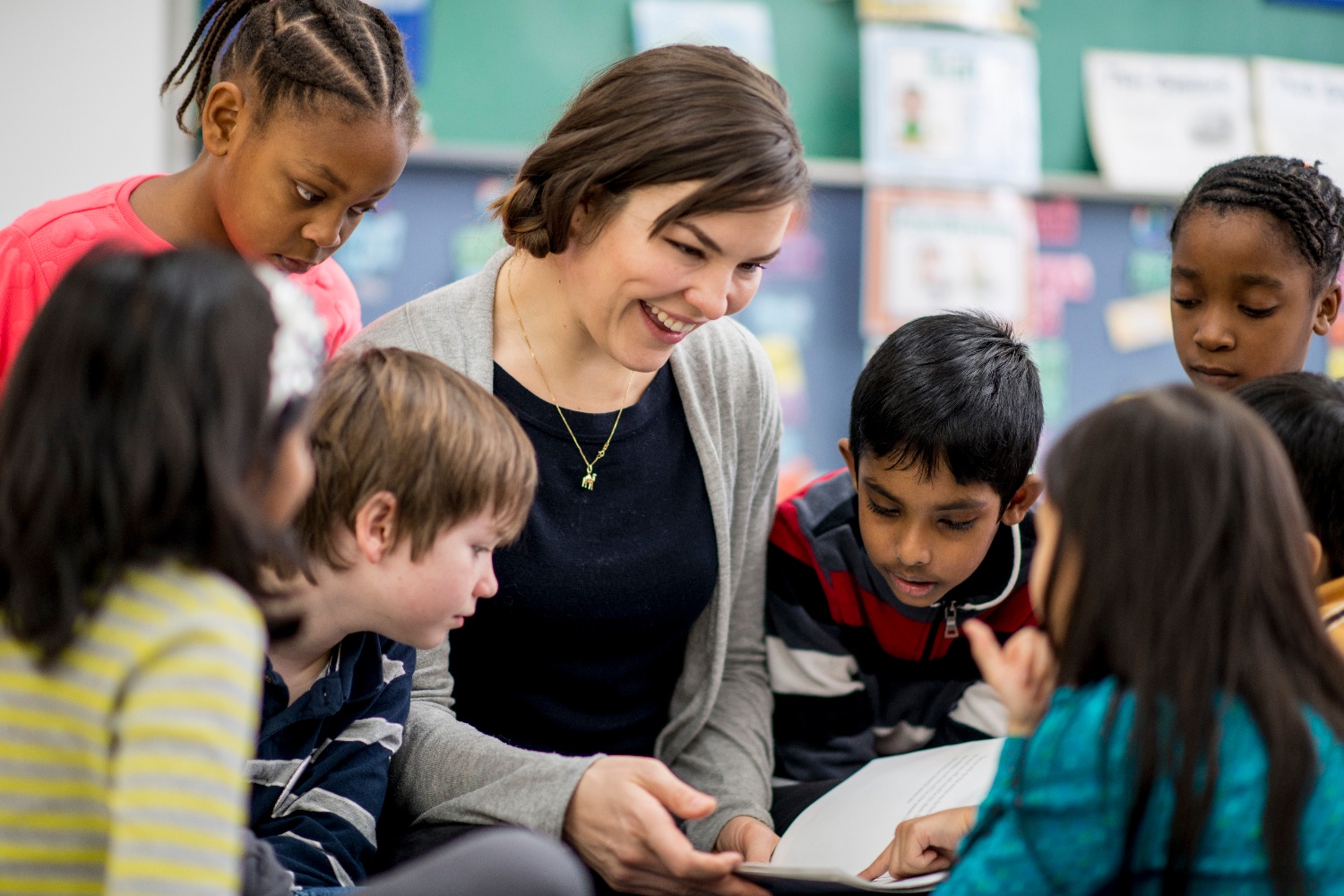
.webp?width=478&height=557&name=panorama_student_survey-1%20(1).webp)